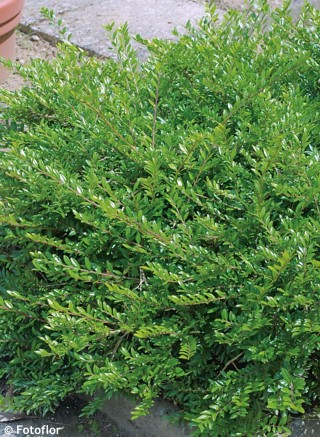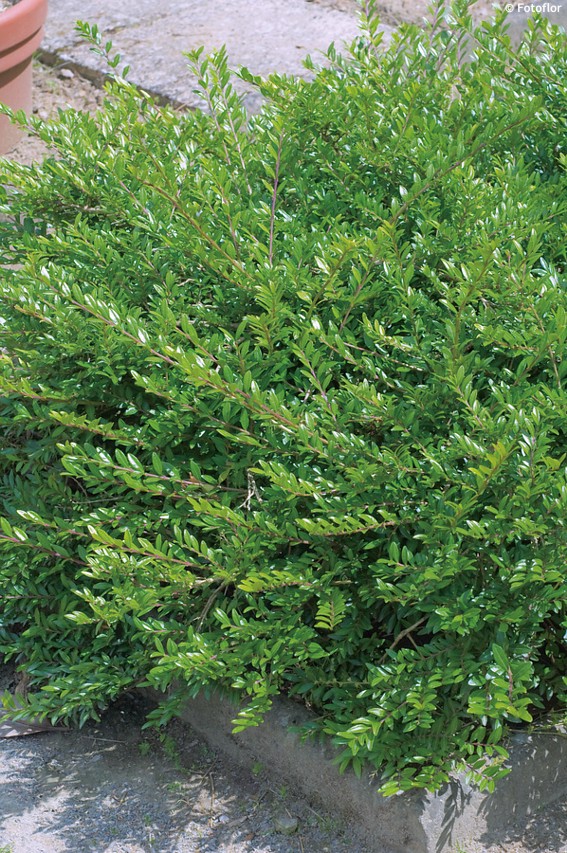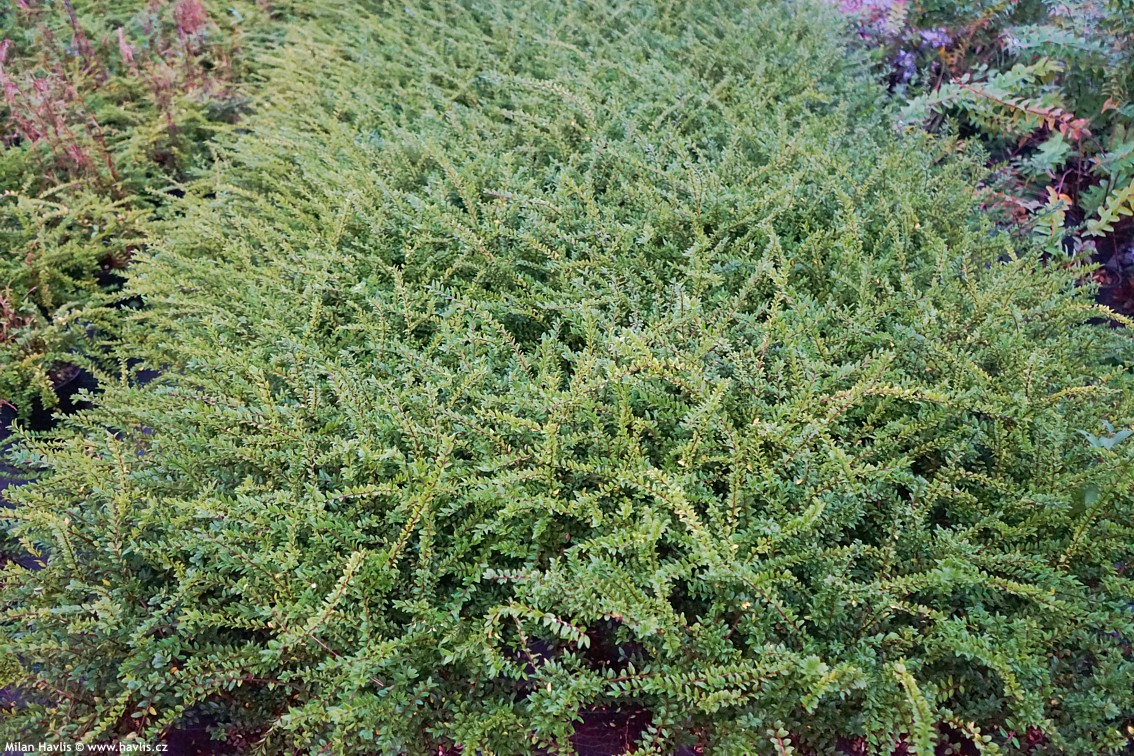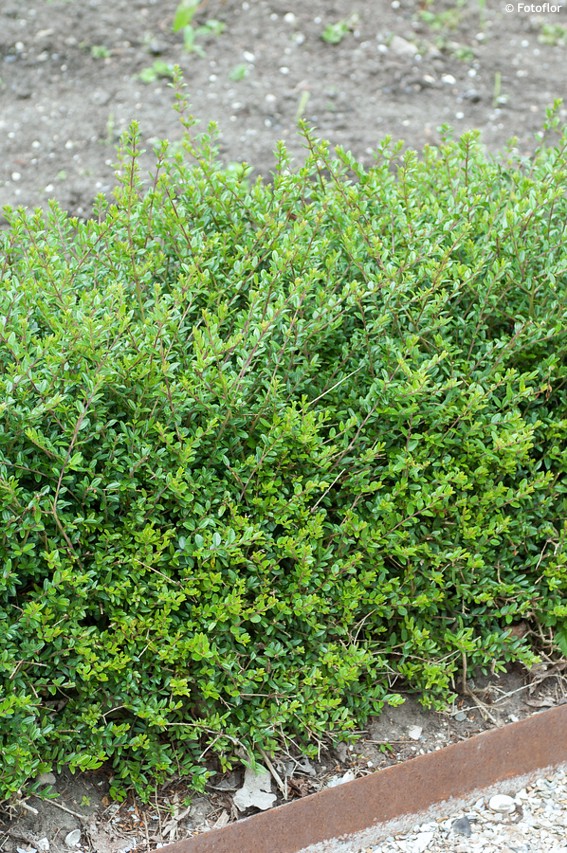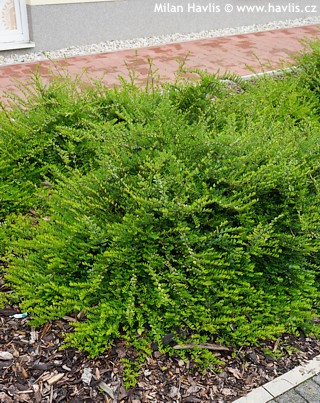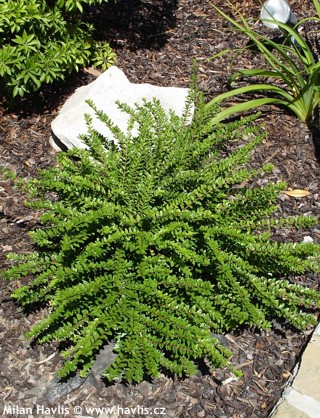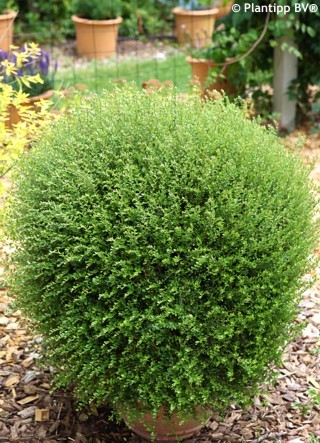Lonicera pileata privet honeysuckle
size/type
low or groundcovering,small shrub
usual height
0,4-0,8m
usual width
1-2m
leaves
evergreen broadleaf
colour of leaves
flowers
insignificant or non-blooming
location
full sun to shade
soil type
any (acidic to alkaline)
soil moisture requirements
evenly moist (dislikes drought)
USDA zone (lowest)
7 (down to -23°C)
winter protection
for zone 5+6

for zone 7

categorized
Lonicera
Lonicera is a large and variable genus consisting of small, ground-covering plants as well as mid-sized shrubs, and even tall climbers. Most of them bear fragrant flowers, many of them are evergreen, and some produce edible fruit. The genus was named in honour of German botanist Adam Lonitzer (1528-1586), a physician and a professor of mathematics and medicine at the University of Marburg, but most significantly a keen and enthusiastic botanist. He married a daughter of his publisher who published all of his works until his death in 1555 when Adam took over and continued to focus on botany and writing and publishing more books until 1577.Description of the plant:
Lonicera's common name is honeysuckle, possibly due to its fragrant, nectar-rich flowers which attract bees for production of honey. Privet honeysuckle is closely related to box honeysuckle but forms lower, rather spreading shrubs with arching branches. Its leaves, though longer they are more narrow and tapered at the base owing to which they look smaller, just like miniatures of privet shrub leaves, hence its name. It commonly grows slightly less than a meter tall and is most often used as a groudcovering plant or a filler. It comes from China and is slightly hardier in Central Europe than box honeysuckle. In early spring appears a profusion of small, creamy white to pale yellow flowers that may be followed by small berries (non toxic). It grows fast and can also be grown as a low border or hedge, or clipped like box.Box honeysuckle is very easy to grow as it easily adapts to most soil types apart from water-logged. It may only be slow to establish in heavy, compacted ground where it will be prone to winter sunscorch. Its branches are flexible and do not suffer from breaking under heavy snow unlike twigs of box plants. They easily root as soon as they touch the ground and should be removed unless you are growing it as a space filler where spreading is expected. It will grow in sun or shade, and can be pruned almost at any time, preferably in early spring for denser branching, or trimmed once or twice during the growing season, latest by early September. It is fully hardy to -24°C (USDA zone 6), it withstands temporary swings to -27°C with some leaf damage.
Last update 17-11-2019
QUICK PRICE OVERVIEW
CURRENTLY SOLD OUT
WANT TO TRY A SIMILAR PLANT?












